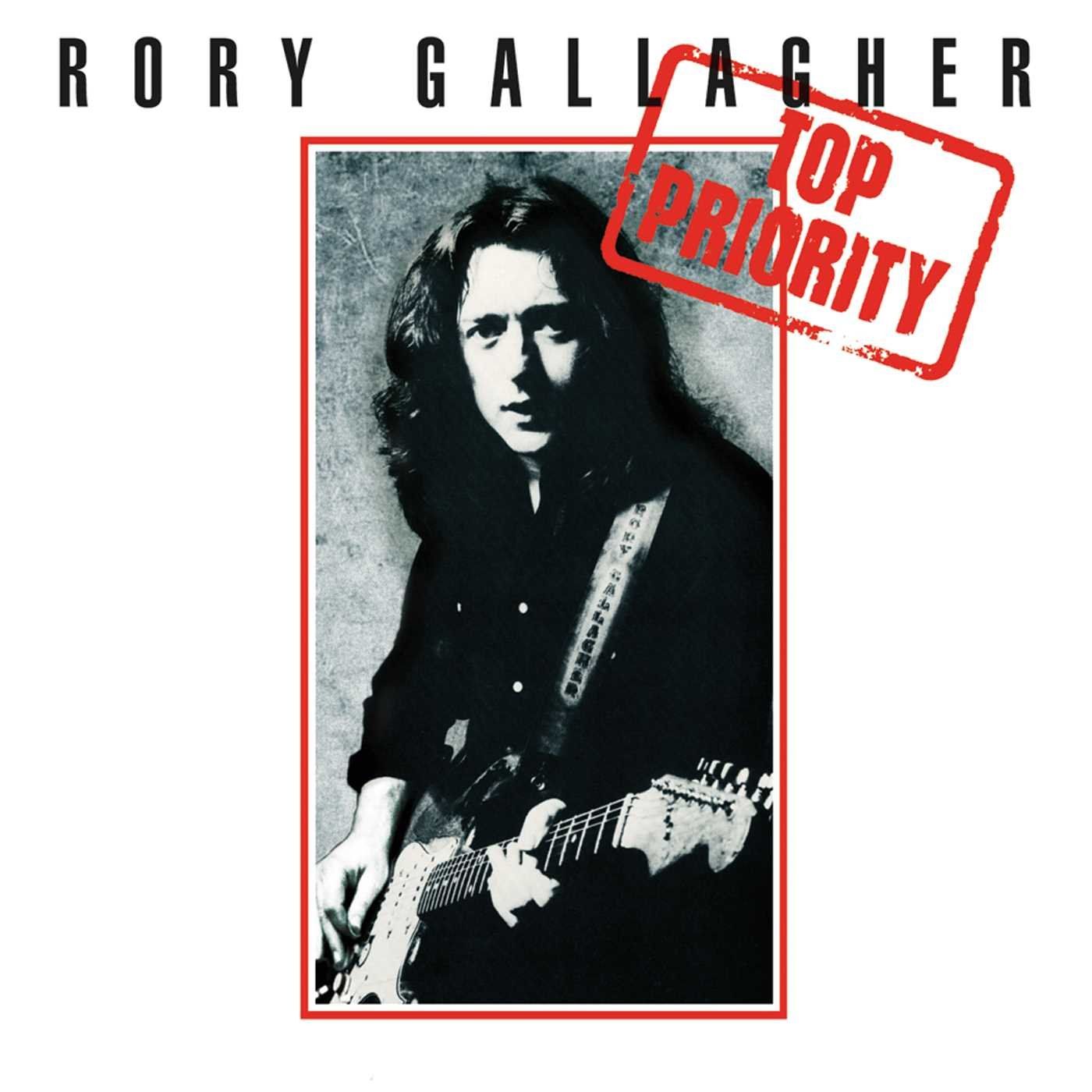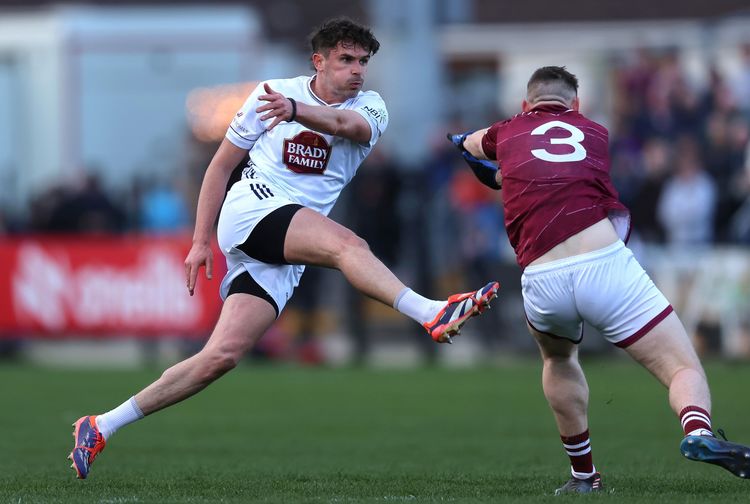In 1970, both Rory Gallagher and guitar great Jimmy Hendrix played the Isle of Wight Festival. At a post-festival press conference, a reporter asked Hendrix, “How does it feel to be the best guitarist in the world?” Hendrix shrugged and replied, “I don’t know, ask Rory Gallagher.” Legendary guitarist Eric Clapton once told the BBC that Gallagher should be credited with “getting me back into the blues.” Often referred to as "the greatest guitarist you've never heard of," Gallagher was even approached by the Rolling Stones in 1974 to replace guitarist Mick Taylor, but Rory decided not to join the band. Known as “the people’s guitarist” Rory would amass 20 million record sales, but he is best remembered as a spellbinding live artist.
Gallagher was born in Ballyshannon, Co. Donegal, in 1948 into an artistic family. His father Danny played the accordion and sang with ceili bands, while his mother sang and acted. Both Rory and his younger brother Donal were encouraged to follow in their parents' musical footsteps. In 1950, Rory’s family moved to Derry City where the American military had built a huge FM station mast, which Rory tuned in when his parents were away. He listened to the jazz hour on the American Forces Network and also to the Chris Barber BBC program, where he first heard Sonny Terry and Muddy Waters, who became his greatest influence. Gallagher later recalled, “I heard Muddy Waters on the radio playing slide on a Telecaster one night. The music just came to me out of the ether and changed my life.”
Rory soon taught himself to play mandolin. When he was just 8 years old, his parents, recognizing his musical talents, bought him a guitar and he began experimenting with folk, blues, and rock music. In 1958, Gallagher moved yet again, this time moving 300 miles away to Cork. His parents had separated after his father became an alcoholic and his mother took young Rory and Donal to live with her parents at their pub, The Modern Bar in MacCurtain Street. In Cork, Rory got his first proper guitar, a six-string acoustic from Crowley’s Music Centre, and Rory began to develop into a guitar prodigy. By his mid-teens, he began to master different blues styles.
In 1963, Rory saw a picture of Buddy Holly holding a sunburst-colored Fender Stratocaster and wanted one for himself. He found one in Crowley’s Music Centre, which was originally owned by Jim Conlon of the Royal Showband, who had bought it in America. Rory bought it on credit for £100, which was a huge sum for a poor Irish boy at the time. It would take him 15 years to pay off the instrument, but he played it throughout his musical career.
Rory immersed himself in the Chicago blues, later expanding his musical repertoire to include folk, rock, jazz experimentation, and Irish traditional music. A few years later, Gallagher formed his first band Taste, a trio that released two albums — “Taste” (1969) and “On the Boards” (1970). Taste was a blues band that also played jazz, folk and improvised jams, but there was a lot of conflict between the members of the band and the band broke up after four years. Taste, though, would have a huge influence on legendary Queen guitarist Brian May who recalled hearing Gallagher and meeting him. May said, "So these couple of kids come up, who's me and my mate, and say, “How do you get your sound, Mr. Gallagher?” and he sits and tells us. So I owe Rory Gallagher my sound. May also said of Gallagher “He was a magician, you know? One of the few people back then who could make his guitar do whatever he wanted. It was pure magic. I still remember staring at that smashed Stratocaster, wondering, ‘Where is that sound coming from?’”
Following the bitter breakup of Taste in 1971, Gallagher embarked on a solo career. In 1972, Melody Maker magazine named him as its guitarist of the year beating out Eric Clapton Over the next eight years he released 10 albums – and toured Ireland every year despite the Troubles. He loved performing live and his best work was captured on classic in-concert recordings such as Live In Europe and the live double album, as well as the concert film of his 1974 Irish tour. In 1977, Gallagher organized and headlined Ireland’s first rock festival in Macroom, Co. Cork, drawing a huge crowd of 20,000 listeners.
Despite his amazing talent, Gallagher never really made it big in the American market because he didn’t want to compromise his artistic integrity like Eric Clapton, who embraced pop in the 1980s and even wore a suit. Gallagher, however, stayed true to his blues-rock roots. He didn’t sell out and he never released singles that would have gotten him a lot of radio play, especially in the United States. He avoided publicity and simply wanted to be known for his music.”
Tragically, Rory was a troubled person for much of his life and perhaps inherited his father’s alcoholism. Rory drank heavily, and alcohol took a heavy toll on his health. In the summer of 1995, he was admitted to a renowned London hospital for a liver transplant, a consequence of his alcohol abuse. The choice was stark: undergo the difficult procedure or face certain death. Tragically, the operation was unsuccessful and the 47-year-old Gallagher died on June 14.
In 1997, a tribute sculpture to Gallagher was unveiled in the newly renamed Rory Gallagher Place (formerly St. Paul's St. Square) in Cork, sculpted by Geraldine Creedon, a childhood friend of Gallagher. In 2010, a life-sized bronze statue of Gallagher, made by Scottish sculptor David Annand, was unveiled in the town center of Ballyshannon, which also holds an annual Rory Gallagher Blues festival. In 2015, Rolling Stone magazine named Gallagher as the 57th greatest guitar player of all time.







